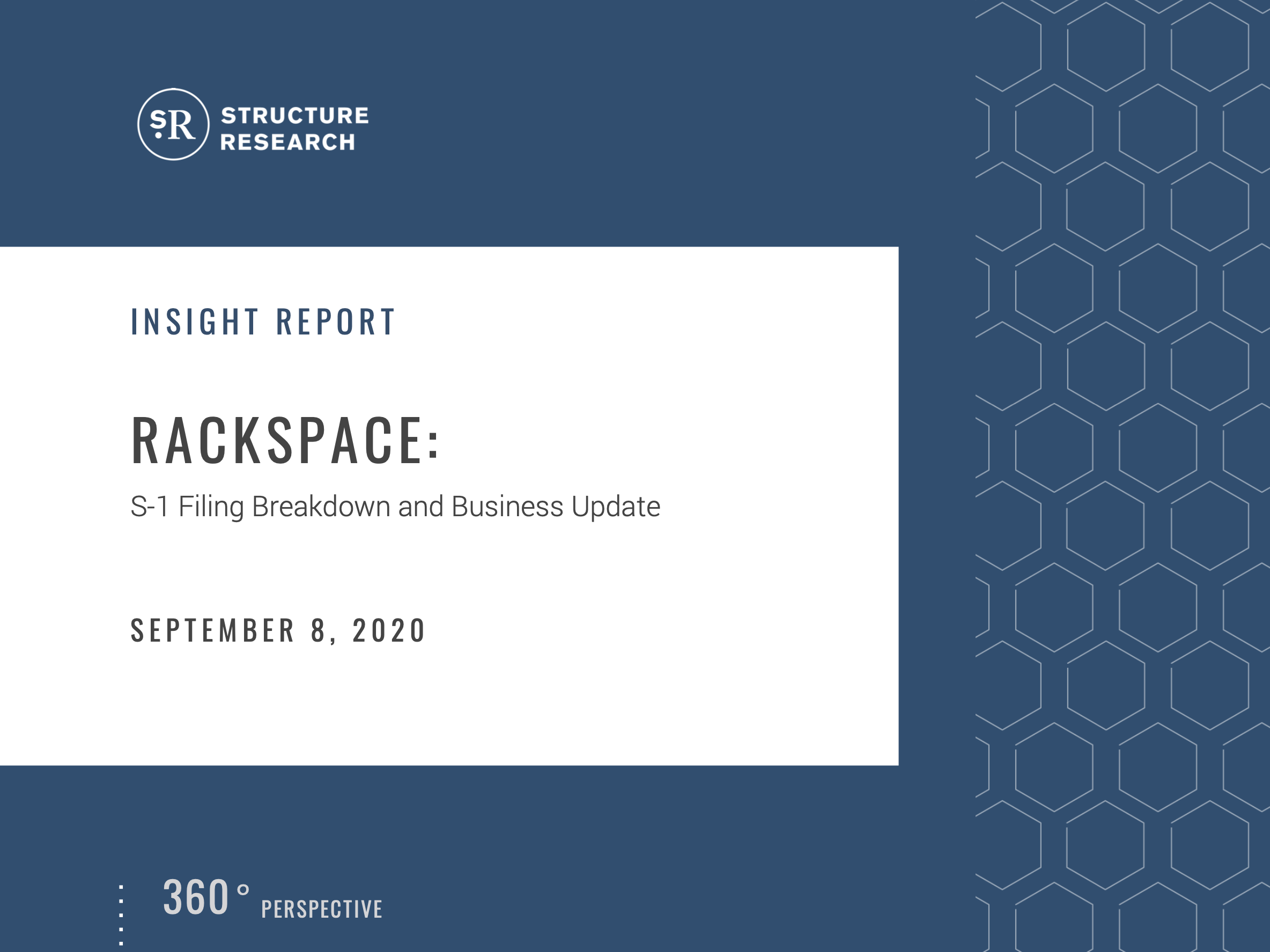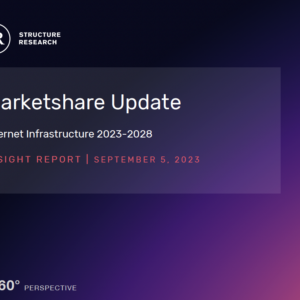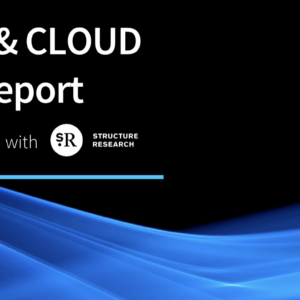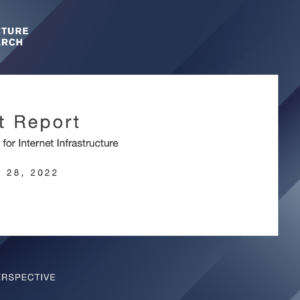Executive Summary
Rackspace recently returned to the public markets after a hiatus of about four years. Rackspace first went public back in 2009 when it was the leading independent managed hosting provider in the US. Public cloud was in its infancy and Rackspace was carving out significant market share in managed hosting and private cloud. Rackspace continued to scale towards and then past $2b in annual revenue. But as fast as it got there, it soon found itself on the losing side of the public cloud wars — a battle it was fighting in, but with increasingly less effectiveness. The hyperscale platforms had prevailed by the middle of the previous decade and this kicked off a momentous shift in the market for MSPs and infrastructure service providers — already in motion in the early 2010s – that quickly began to accelerate.
The rise of hyperscale cloud as the predominant infrastructure platform meant providers like Rackspace were faced with a stark choice: compete and inevitably lose (with some exceptions) or get on the bandwagon and be part of the value chain. The big shift: the managed third party cloud model. Rather than compete to host infrastructure, service providers began to resell public cloud infrastructure and drive added value through migration, managed services and consulting. Rackspace was a bit late to this game, but closed the gap when it made a series of acquisitions starting in 2017. The most important of these was for New Jersey-based Datapipe. Datapipe was never able to best Rackspace in managed hosting, but saw early in the game where public cloud was going and pushed into the opportunity. Rackspace eventually decided to acquire the business to catapult itself back into the race it had started to fall behind in, but was definitely equipped to compete in given its culture, reputation and DNA.
Rackspace went private back in 2016 amid this transition phase in the market. In retrospect, it made perfect sense. It would have to re-invent the business and make some strategic moves (such as M&A) away from the glare of quarterly results. Rackspace did not just push to
managing public cloud. It also moved into the application layer and began to support widely used platforms like SAP, Oracle and Salesforce, providing both infrastructure and managed services. The managed services and support layer has long been Rackspace’s calling card. During this transition, it also doubled down here and added more advanced professional services, consulting capabilities, security and application management expertise, along with technology and skill sets around data and analytics.
As Rackspace returns to the public markets, it has re-focused the business and shifted to being more asset-light, but in many ways it is still very much the same animal. The core revenue base comprises about 85% of total revenue and the managed third party cloud piece remains a relatively small slice of that base. Managed third party cloud is still an emerging category and it is not a foregone conclusion that Rackspace will win this market like it did with mid-market managed hosting a decade or so ago.
This report takes a closer look at the state of the Rackspace business through an analysis of its recent S-1 filing and the first quarterly results — 2Q 2020 — it reported as a newly re-minted public company. The foundation of the business is solid and the overall strategy in line with where the market is moving. But execution has not been stellar over the last few years and both M&A and management turnover has shredded the continuity the business once had. Yet things have already started to change. A new management team has organic growth moving again and is continuing efforts to optimize overall operations. There have and will continue to be growing pains as Rackspace navigates a difficult transition amid a shifting competitive landscape. But it is on the right track after making some good bets and hard, but ultimately correct, long-term strategic choices. Putting all these parts together, there is reason for renewed optimism.






